In honor of Advanced Science’s 5th Anniversary, Professor Geoffrey Ozin opens up about his 50 years in materials chemistry, his love of art and communicating science, as well as future research directions.
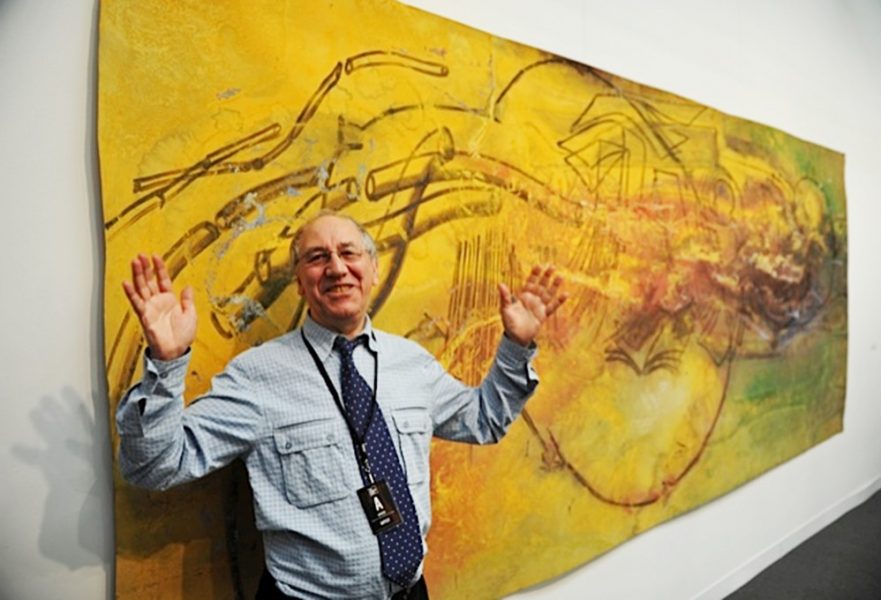

In honor of Advanced Science’s 5th Anniversary, Professor Geoffrey Ozin opens up about his 50 years in materials chemistry, his love of art and communicating science, as well as future research directions.

Professor Masaki Inagaki talks to Advanced Science News as part of the 5th anniversary of Advanced Science.

An on-chip multi-wavelength IR sensor that can measure the thermal spectrum of matter.
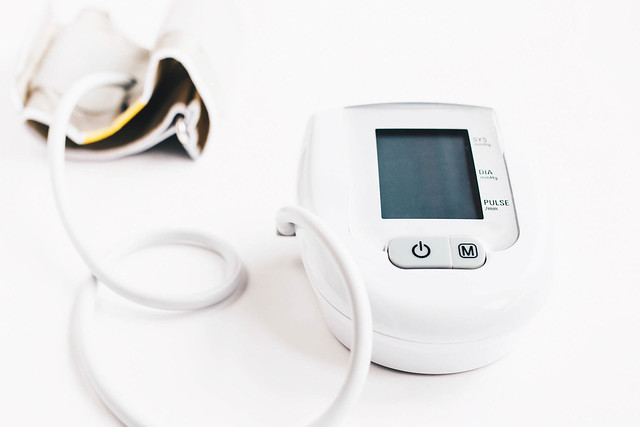
A new skin-mounted sensor uses the skin itself as a floating electrode, enabling low-power health monitoring and doubles as an electroluminescent display.
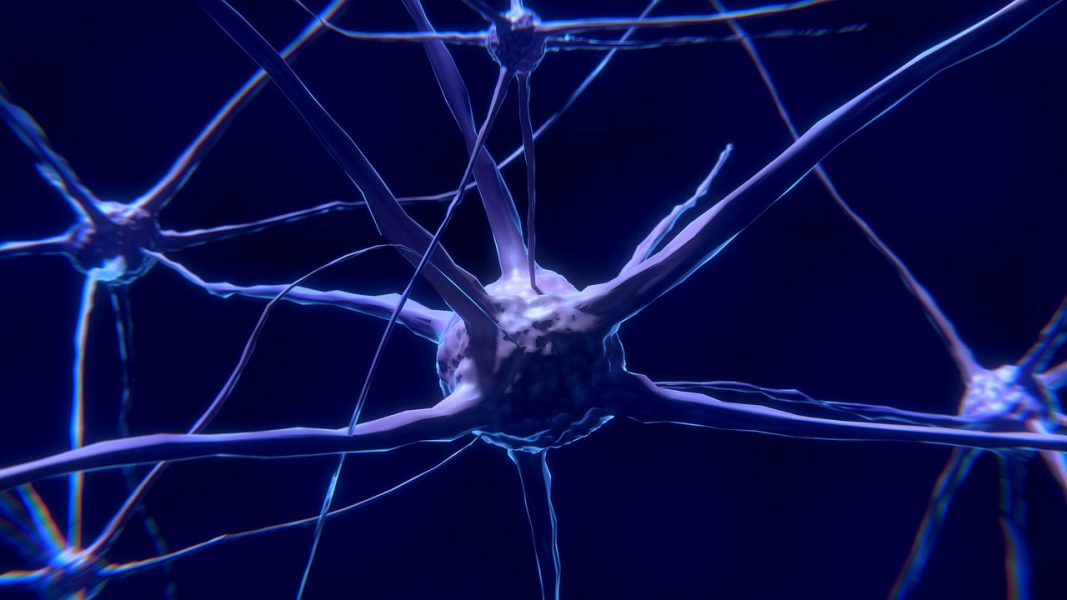
A physiologically relevant 3D model to investigate several key aspects of blood–brain barrier dysfunction in Alzheimer’s disease and provide a standardized platform for drug screening.
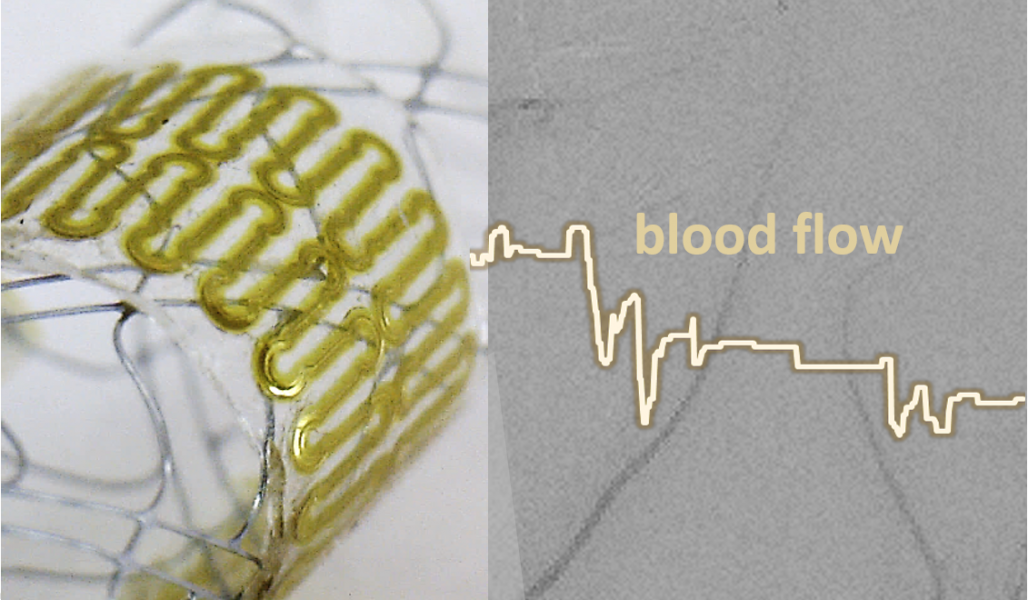
A fully printed, wireless, stretchable, implantable biosystem that offers batteryless, real-time monitoring of cerebral aneurysm hemodynamics is developed.
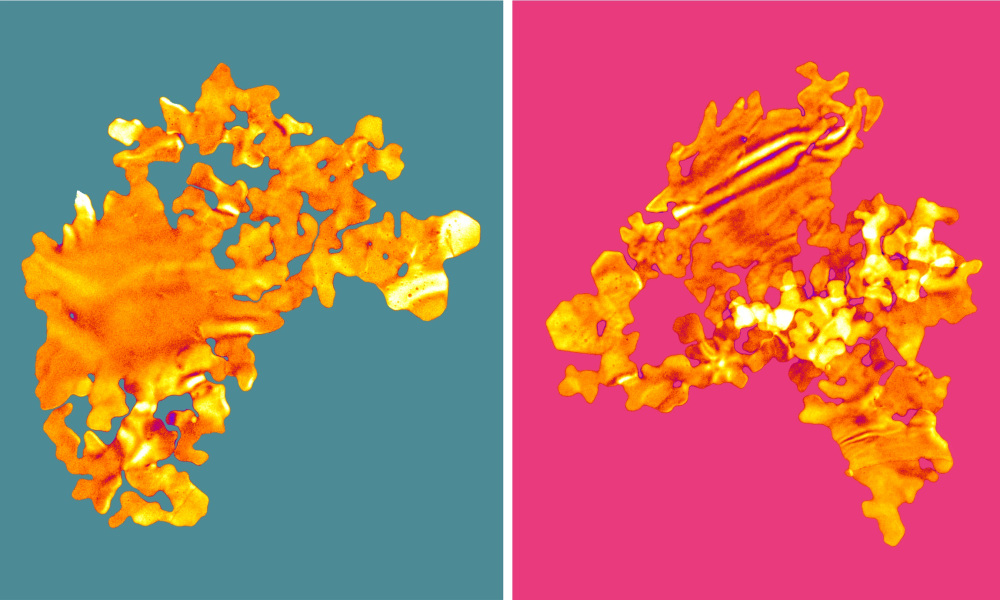
Gold “nanoseaweeds” exhibit high efficiency as heterogeneous nanocatalysts and peroxidase-mimicking nanoenzymes.
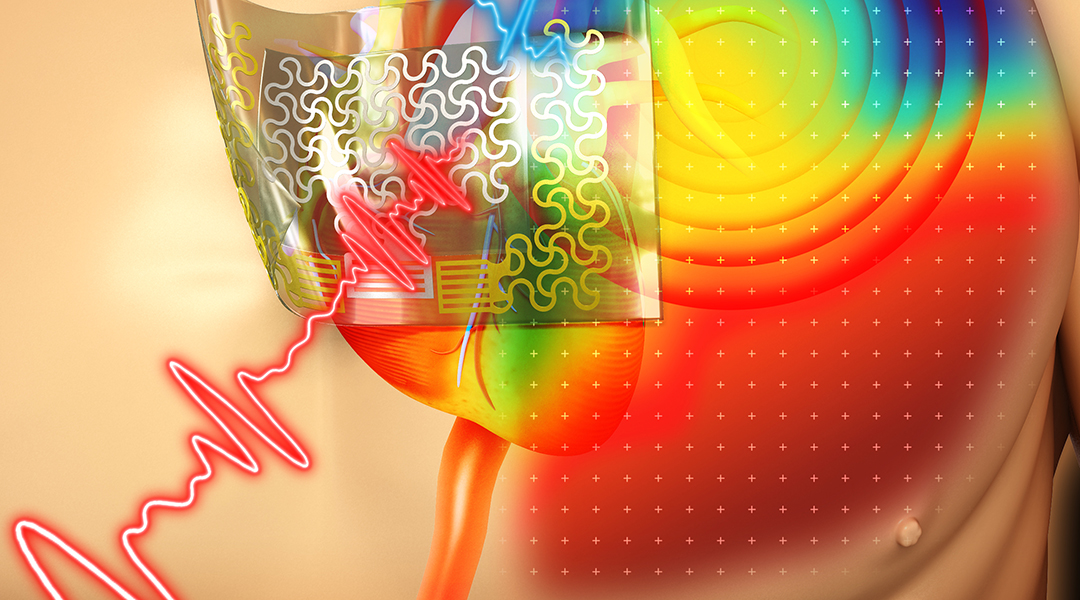
An e-tattoo measures cardiac health in two ways and can be monitored on a smartphone.

A novel cell type with interlocked packing found to be responsible for the hardness of walnuts’ shell

Machine-learning applied to IVF.